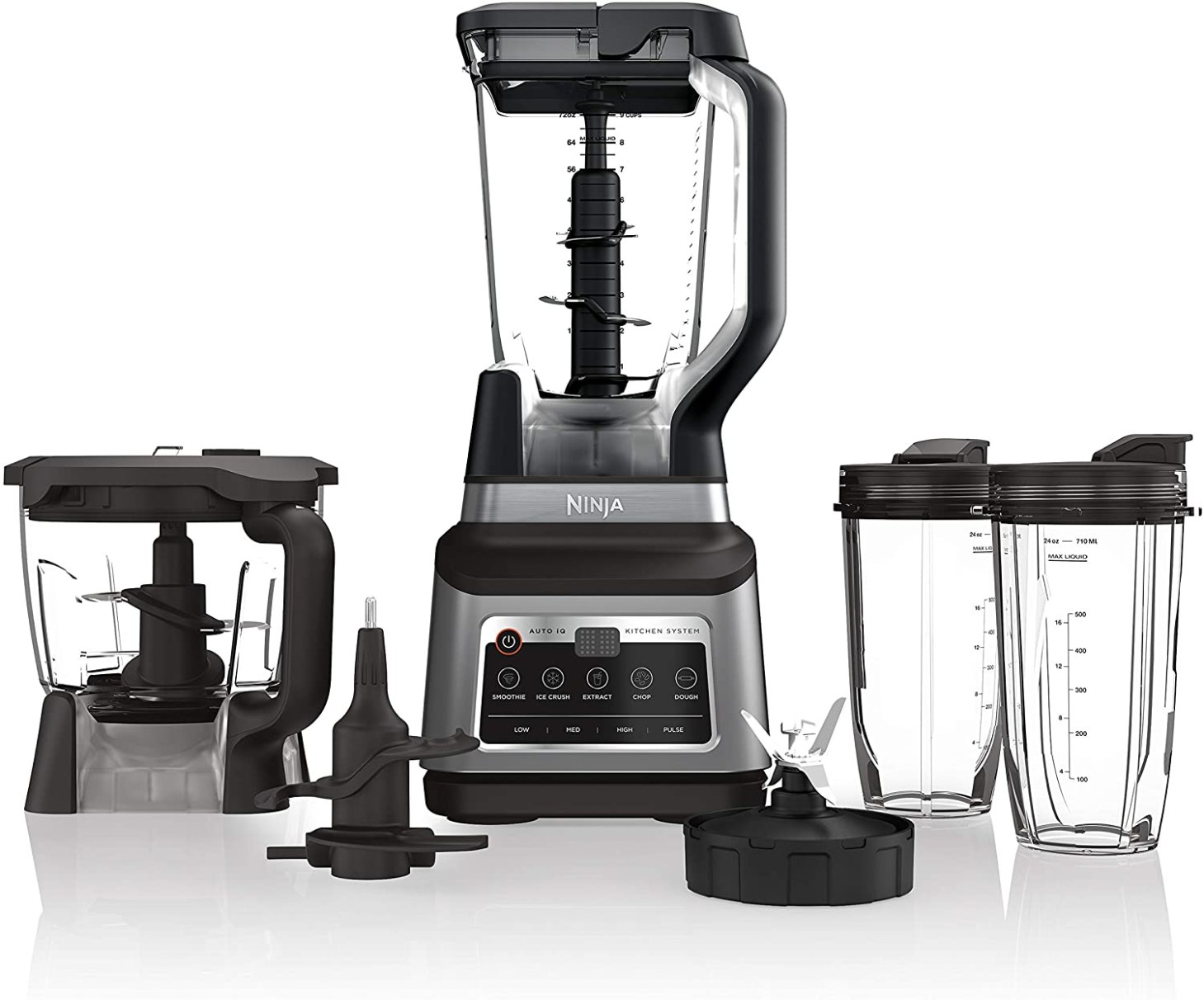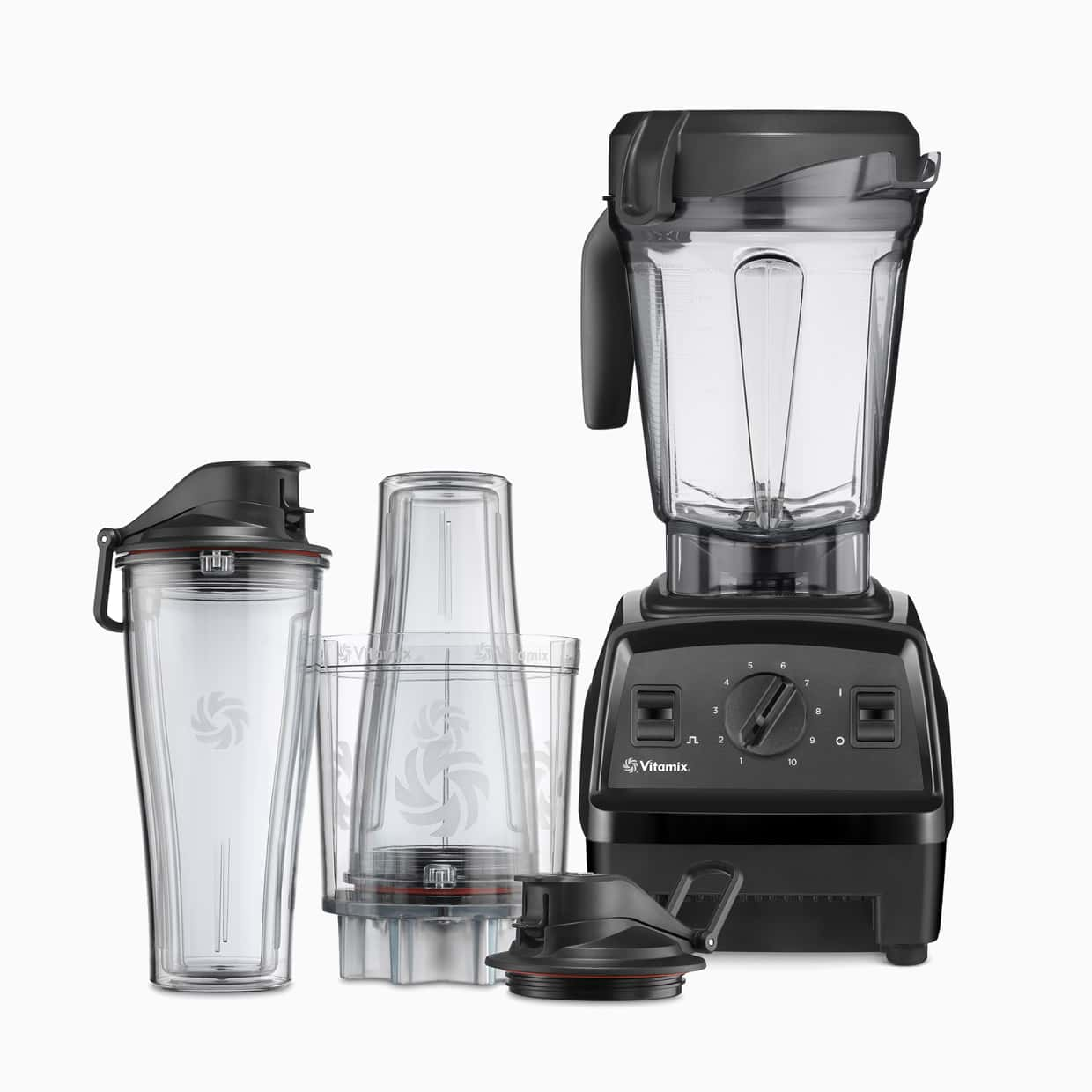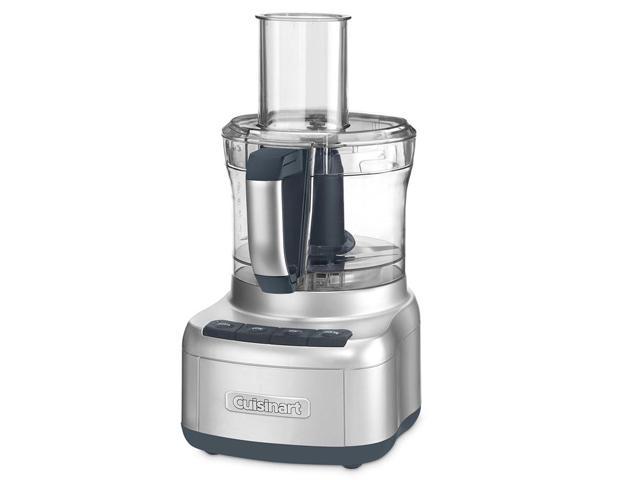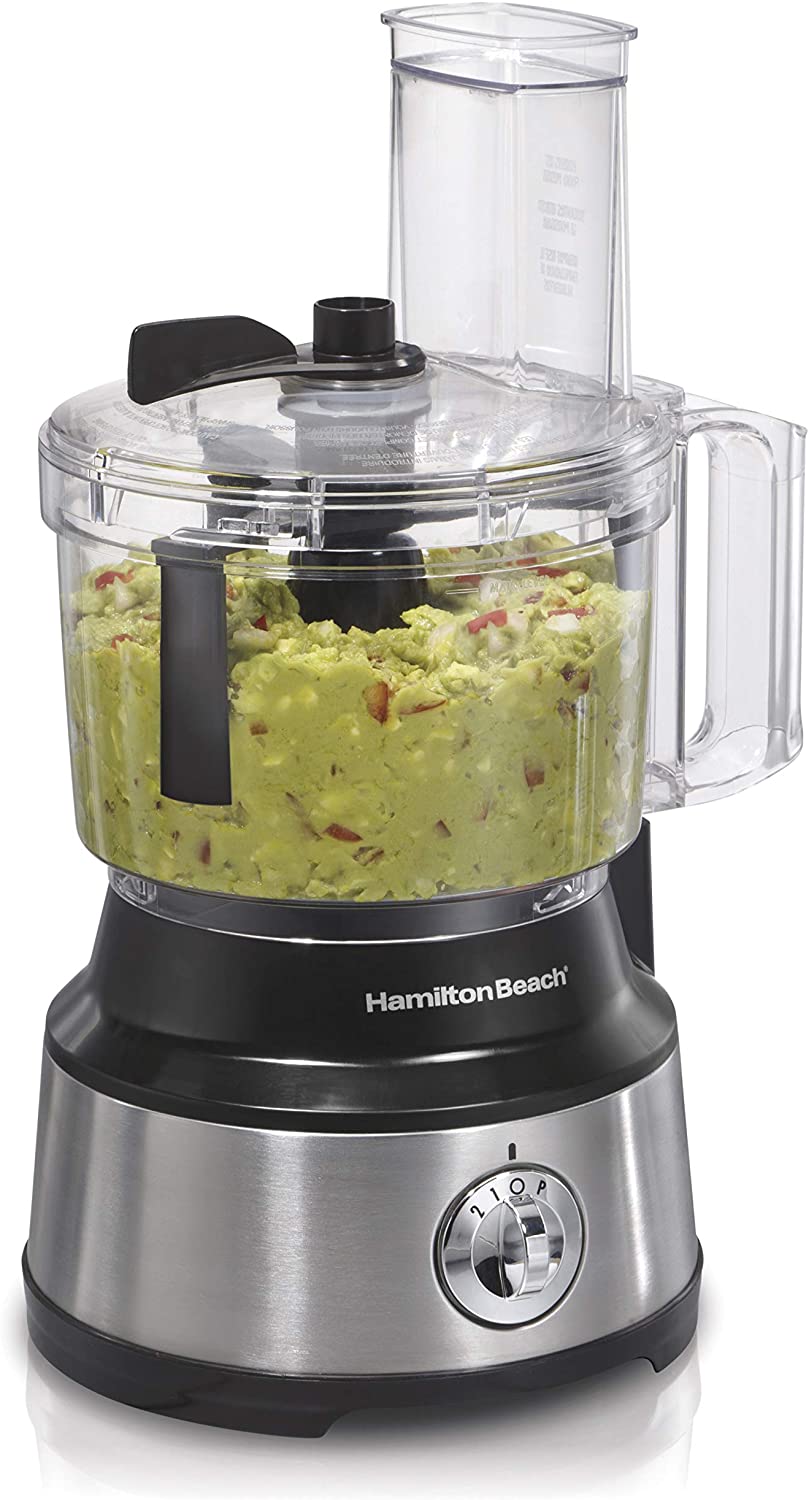How To Make Almond Flour With a Blender in Less Than 5 Minutes
It is magnificent that snacks that are vegan, dairy-free, and gluten-free are becoming more widely available. We've come along way from Little Debbie being the primary pastry pusher. But there's something you should know about almond flour: making your own at home can save you money and it's super easy to make. It truly takes all of 10 seconds.
- Dixya Bhattarai, RD, Dixya Bhattarai, RD, is a culinary registered dietitian as well as the creator of Food, Pleasure, and Health.
According to culinary registered dietitian, Dixya Bhattarai, RD, there are plenty of nutritional perks when you swap your all-purpose for almond flour—even if you aren't gluten-free. Here, she touches on the benefits and explains exactly how to make it.
The benefits of cooking with almond flour
"The nutrient composition of almond flour is very different from all-purpose flour," Bhattarai says. This makes sense because they're made from completely different ingredients. All-purpose flour is made from wheat, while almond flour is made from, well, almonds.
There's nothing wrong with wheat. In fact, it's full of nutrients including B6, iron, zinc, and selenium. But Bhattari says you get a whole different set of health benefits from almond flour that give it a leg up (nutritionally-speaking) when compared to refined white flours, like all-purpose. "Almond flour is a wonderful source of protein, fats, fiber, vitamin E, and magnesium," she says. It's also more satisfying that all-purpose, as almond flour has more protein and more unsaturated fats, which are also key for heart and brain health.
{{post.sponsorText}}
As for that glorious magnesium? It's one nutrient most people don't get enough of and is linked to helping promote good sleep. (So yes, you can 100 percent count almond flour-based cookies as the perfect bedtime snack.)
How to make almond flour
If the nutritional perks aren't enough to convince you to give almond flour a try, knowing just how easy it is to make it will change your mind. Here's what you need: almonds. That's the ingredient list. "You can easily make almond flour at home with blanched almonds (almonds that have had their skin removed) and blend them using a high-speed blender or food processor until they are finely ground," Bhattari says.
Here's an almond flour recipe to follow that includes exact measurements:
Ingredients
1 1/2 cups almonds
1. Add the almonds to a blender or food processor.
2. Blend for 10 seconds, until it becomes a fine powder. If you notice any clumps, stir to break them up.
While the whole almond flour-making process is super simple, Bhattara does have some tips to keep in mind. "I highly recommend using a high-speed blender and processing them in batches. Do not over process the almonds," she says. If you do over-process the almonds, she says they'll start to take on an almond butter-like texture. Still yummy, but not what you're trying to make here.
When using almond flour to cook or bake, Bhattara says to expect a slight difference in taste and texture compared to goods made with all-purpose flour; after all, they're made with completely different ingredients. "Just remember that when substituting all-purpose flour with almond flour, it may not act the same way because it doesn't have gluten and you may need to adjust the wet ingredients in the recipe," she says. "You’ll probably need some sort of binder like xanthan gum, guar gum, or psyllium husk to add structure to your baked goods." She also says to be mindful of how much flour a recipe calls for too. "The general recommendation is to substitute almond flour for 1/4 (25 percent) of the all-purpose flour in a recipe," she says.
The best blenders for making your own almond flour
If you don't have a blender or food processor, those highlighted below will do the job:
5 recipes to make with homemade almond flour
Bhattara says that the high unsaturated fat content in almonds makes this alt-flour especially good for baking cookies, scones, cake, biscuits, and muffins. "The high-fat content helps them to be moist and tender," she says. To that end, the five recipes here are the perfect opportunity to put your almond flour to delicious use.
1. Chocolate chip cookies
Crispy at the edges and gooey at the center, this chocolate chip cookie recipe is perfection. The recipe calls for a blend of almond flour and coconut flour. It's also completely vegan, and calls for flaxseed eggs in place of traditional eggs.
2. Morning glory muffins
Since these muffins are made with your high-protein almond flour, they'll keep you full more than muffins made with all-purpose flour will. They're full of other nutrient-rich ingredients too, including cinnamon, ginger, carrots, and spinach (yep, greens!).
3. Paleo bread
Use your almond flour to make a loaf of bread to have on hand for sandwiches, avocado toast, and just to slather with butter. Literally every ingredient in this Paleo bread recipe is full of nutrients. A few highlights: eggs, ghee, and probiotic-rich miso.
4. Lemon rosemary olive oil bread
Pair your homemade flour with another ingredient full of healthy fats: olive oil. Together with the other ingredients, they create a rich and moist subtly sweet bread. The rosemary in the bread is anti-inflammatory—another perk of snacking on this loaf!
5. Birthday cake
Even with a high-stakes recipe like a birthday cake—you def don't want to ruin someone's birthday—almond flour delivers. In this recipe, it's blended with oat flour and a few other simple pantry ingredients such as honey, baking powder, and vanilla extract. Don't forget the sprinkles!
Now that you know what a cinch almond flour is to make, how nutrient-dense it is, and what you can do with it, it makes you wonder why you haven't been making it all along, right? The option to buy it already made is always there. But the 10 seconds it takes to make your own could save you a lot of money. Now if only solving the sticker shock dilemma for alt-yogurt was as easy to remedy...
Loading More Posts...



